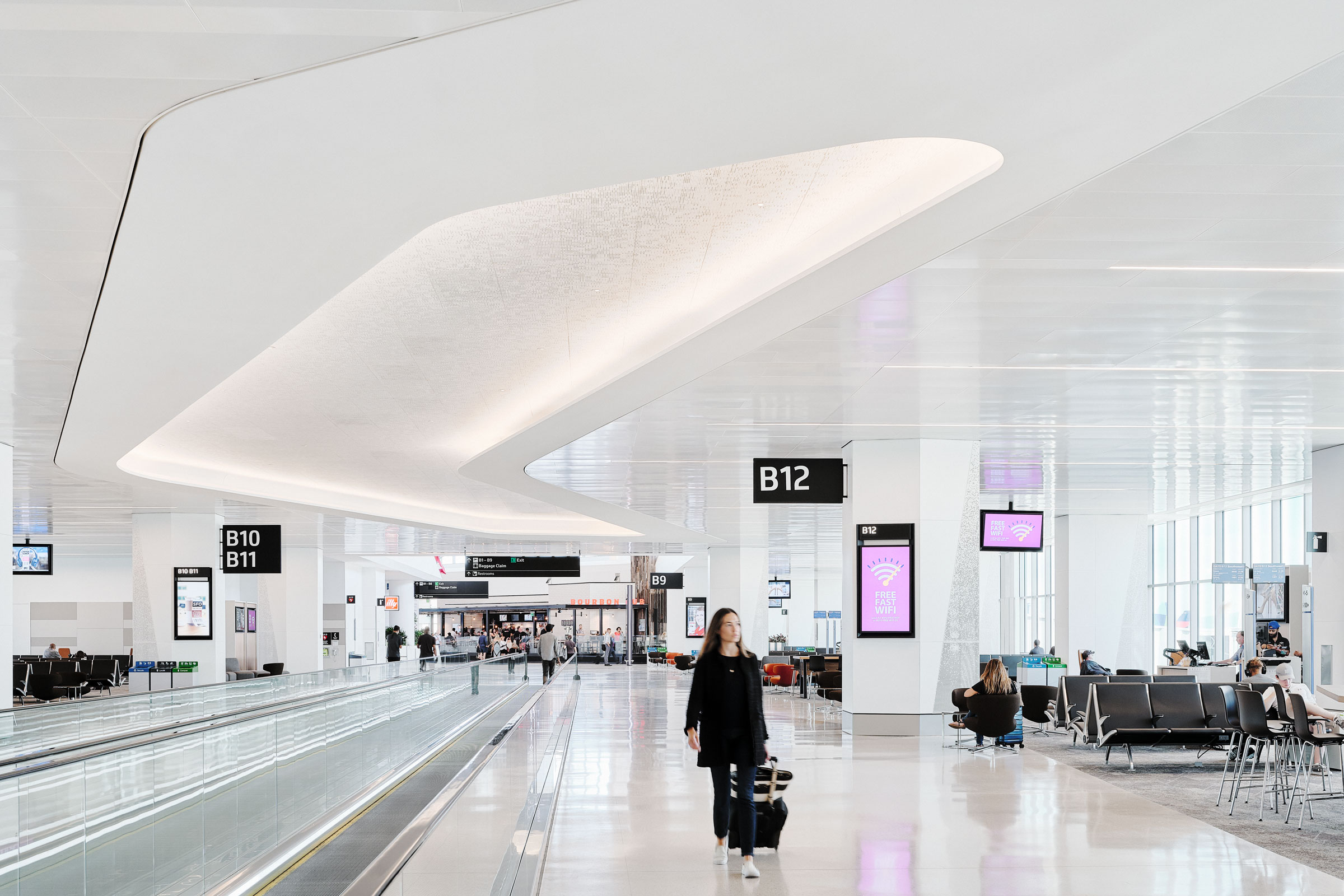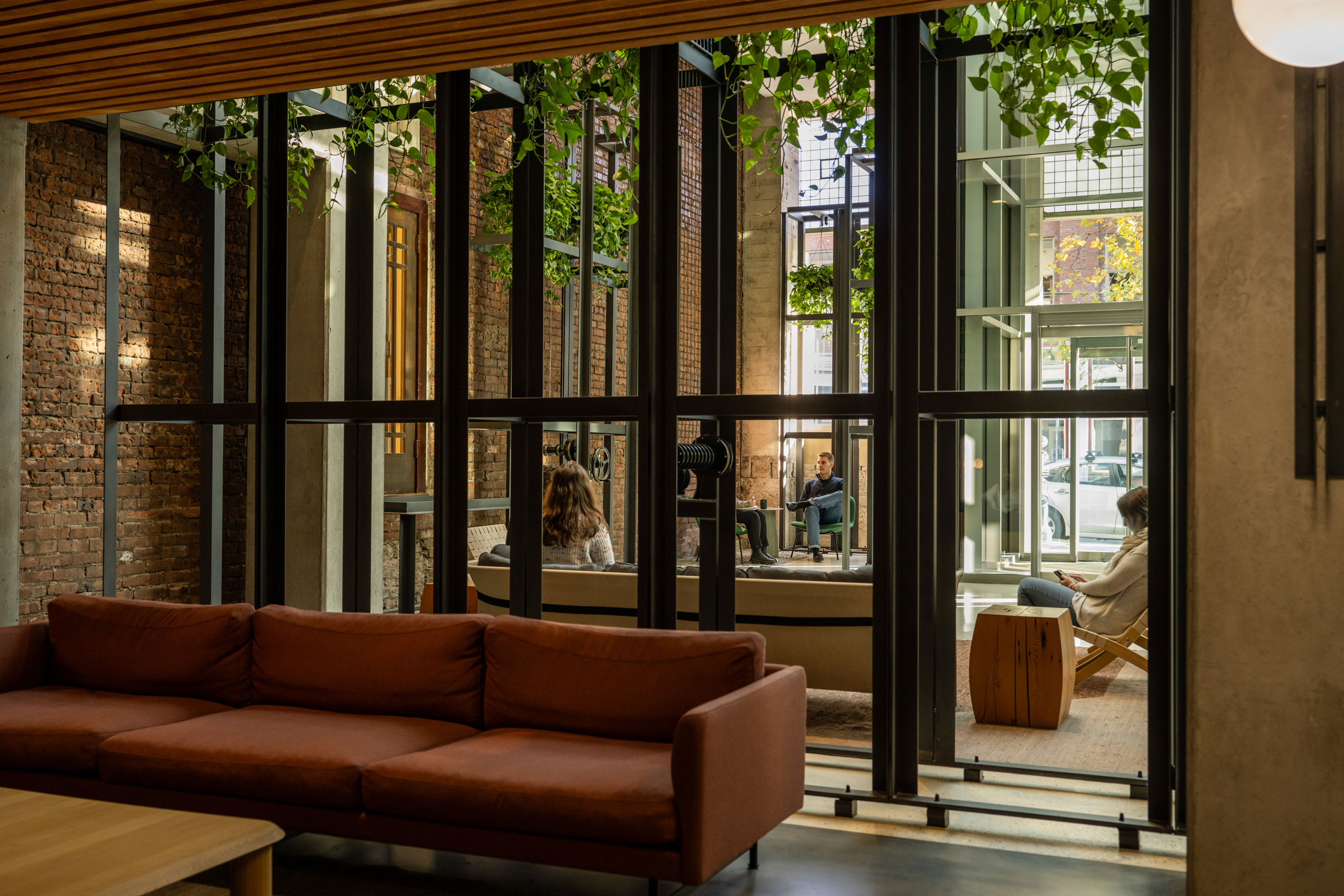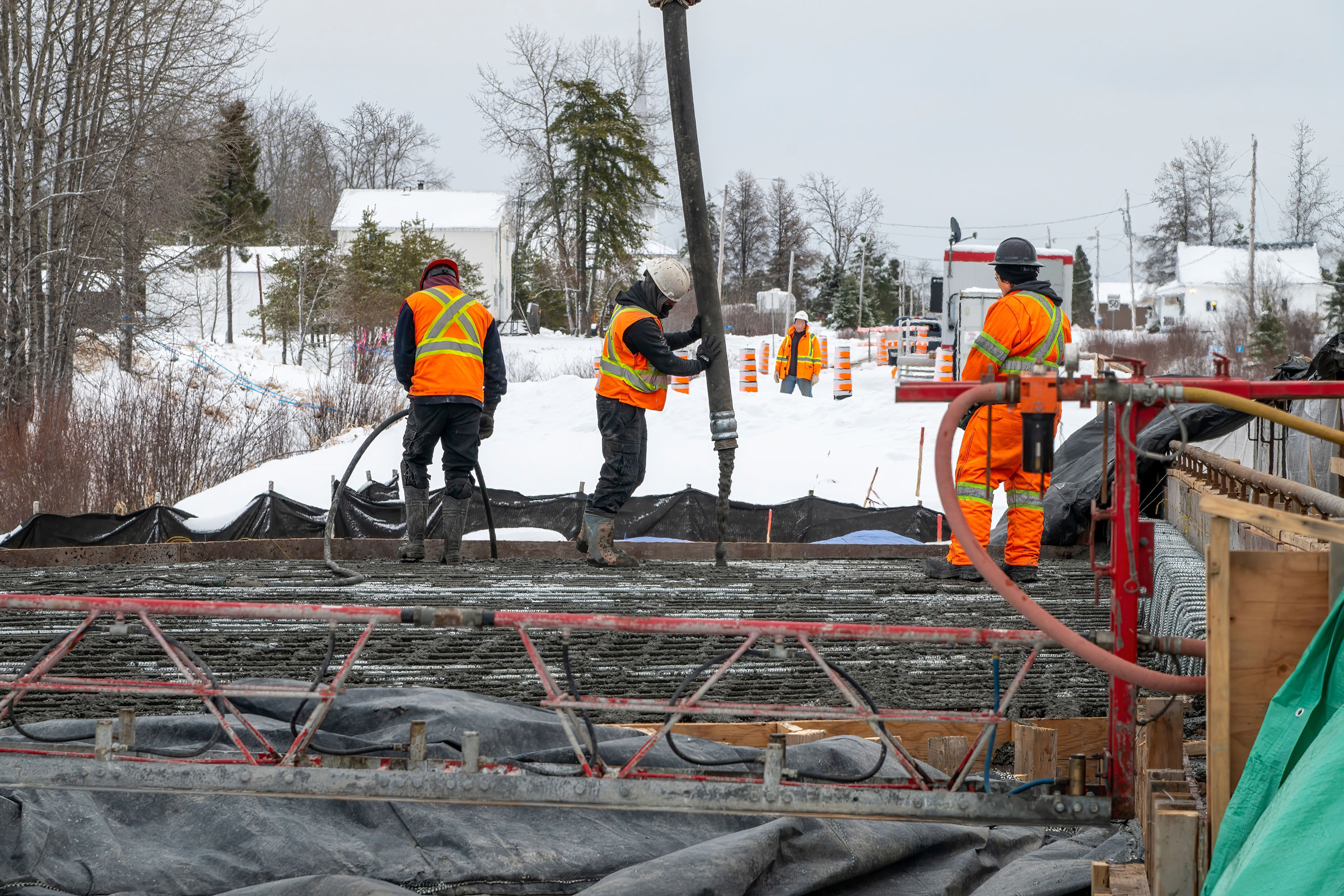Story at a glance:
- The LEED green building standard is primarily focused on the construction of sustainable buildings while WELL emphasizes designs that support human health and well-being.
- LEED has a robust catalog of certification frameworks tailored to specific development classifications while the WELL Building Standard is designed to be more universal in its application.
- Both share similar certification processes and require some degree of performance reporting, but the WELL Building Standard requires onsite performance testing and verification before certification may be awarded.
As two of the most well-known green building rating systems in North America, the LEED and WELL building standards are valuable frameworks for designing and operating sustainable, wellness-focused buildings.
The two standards share certain similarities when it comes to their principles and frameworks, but ultimately differ in their scope and missions.
In this article we provide an in-depth comparative analysis of the LEED and WELL building standards.
An Introduction to LEED vs. WELL
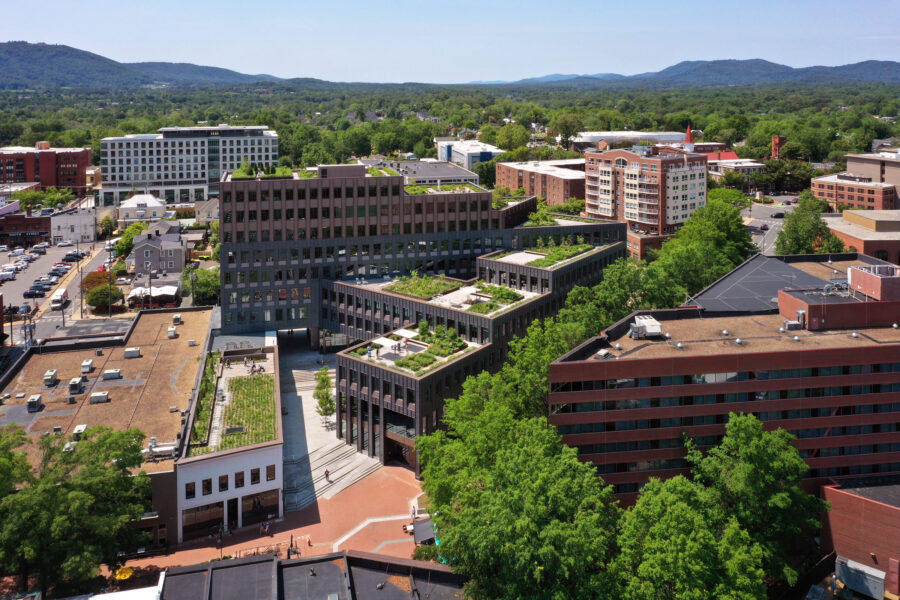
LEED and WELL are two of the most popular building standards used in North America. Photo by Alan Karchmer
Before we get into the analysis portion of this article, let’s take a moment to introduce both the LEED and WELL building standards.
LEED
Created in 1994 by then-newly founded USGBC, the Leadership in Energy and Environmental Design (LEED) rating system is the foremost green building certification program in North America and was devised to both encourage and honor the adoption of sustainable development practices in the built environment. According to the USGBC, “LEED certification provides a framework for healthy, highly efficient, and cost-saving green buildings, which offer environmental, social and governance benefits.”
As of 2025 there are more than 195,000 LEED-certified buildings around the world.
WELL
Developed by Delos Living and administered by the International WELL Building Institute (IWBI), the WELL Building Standard is a performance-based standard and certification program designed to evaluate how buildings impact the health and well-being of their occupants. WELL was founded on the following principles:
- Equitable
- Global
- Evidence-based
- Technically robust
- Customer focused
- Resilient
Current reports suggest the WELL Building Standard is being used across more than 5 billion square feet of space in 10 countries around the world.
Comparative Analysis of LEED vs. WELL Building Standards
Now that we’ve familiarized ourselves with the the principles and guiding frameworks that inform the two standards, let’s take a look at how LEED and WELL compare to one another.
Scope
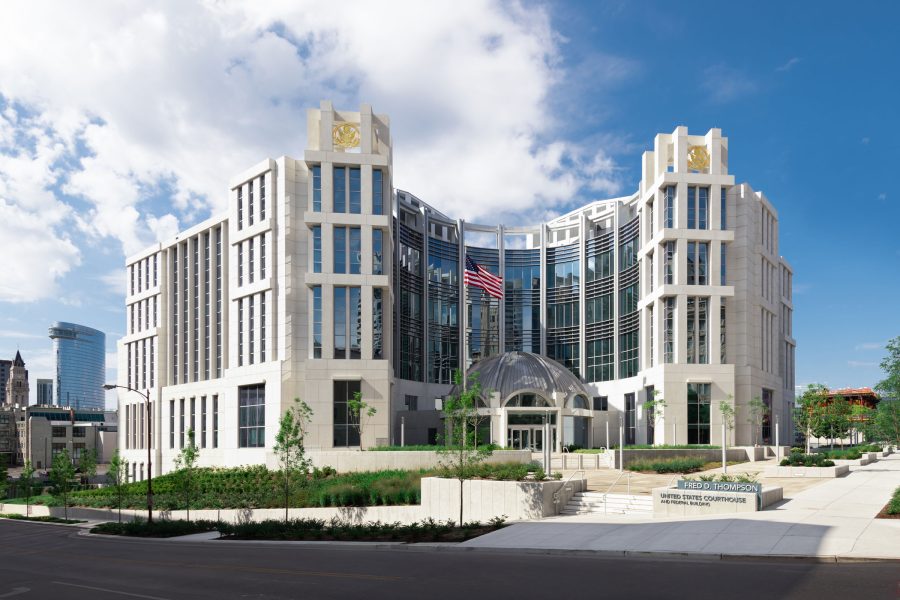
The LEED green building standard focuses primarily on designing buildings that are sustainable whereas the WELL Building Standard is concerned with designing buildings that promote occupant health and well-being. Photo by Gabe Ford
Historically the scope of the LEED and WELL building standards has been the biggest difference between the two rating systems. LEED, for example, focuses primarily on the construction of sustainable buildings with a negligible environmental impact, emphasizing strategies that improve energy efficiency, reduce water consumption, minimize embodied carbon, et cetera.
WELL, on the other hand, focuses mainly on designing spaces that support human health and well-being, emphasizing strategies that encourage physical activity, improve access to clean water and healthy food, prevent indoor air pollution, promote mental health, mitigate noise pollution, and more.
This difference in scope has narrowed considerably in recent years as newer iterations of LEED continue to place a greater and greater emphasis on occupant wellness in addition to sustainability. The pending LEED v5 update, for example, is structured around three core impact areas that influence all prerequisites and credits; one of these impact areas focuses on improving overall quality of life through the implementation of many strategies also covered in the WELL Building Standard.
Ultimately, the LEED and WELL building standards are designed to complement one another. Their compatibility is so great that IWBI and the USGBC co-developed a streamlined certification process for projects pursuing both WELL and LEED certification.
Certification Frameworks
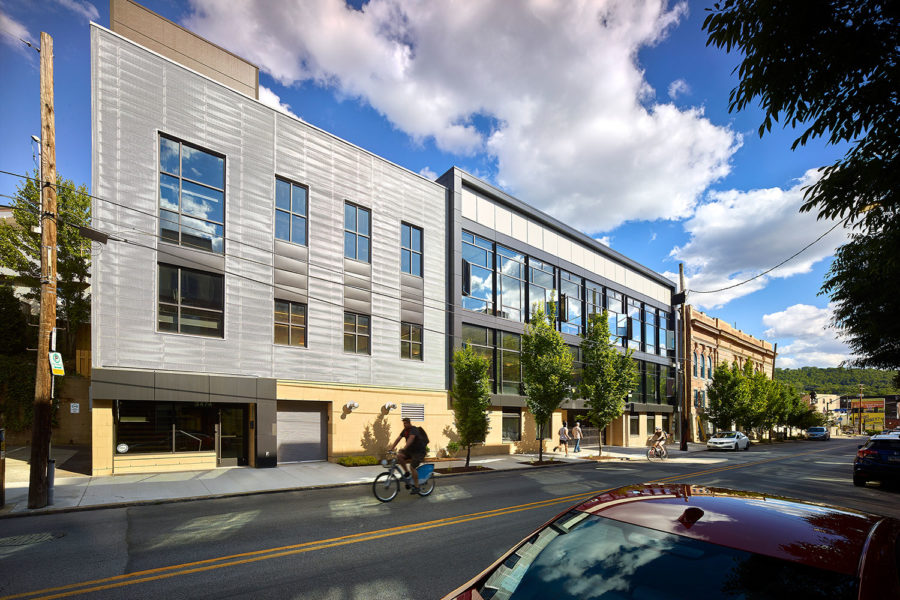
Both LEED and WELL include a variety of certification frameworks designed for specific types of development projects. Photo by Ed Massery
Both the LEED and WELL certification programs are designed to be accessible and applicable to all project types—both new and existing—and project phases, though LEED has a much more robust catalog of system frameworks tailored to very specific development classes.
LEED
As previously mentioned, the LEED building standard encompasses a range of frameworks designed to target very specific types of development. The table below explores these frameworks in greater detail:
| Framework | Project Applications |
| LEED BD+C: New Construction & Major Renovation | New construction projects or major renovations of buildings that do not primarily serve residential, K-12 educational, retail, data centers, warehouses and distribution centers, hospitality, or health care uses |
| LEED BD+C (Development Specific) | Encompasses those development-specific rating systems for new schools, retail buildings, data centers, warehouses and distribution centers, hospitality venues, and health care facilities |
| LEED BD+C: Core and Shell | Buildings that are new construction or major renovation for the exterior shell and core mechanical, electrical, and plumbing units but not a complete interior fit-out; should be utilized if over 40% of the total gross floor area is incomplete at the time of certification |
| LEED ID+C | Commercial, retail, and hospitality interiors that are a complete fit-out |
| LEED O+M | Buildings and spaces that have been fully operational and occupied for at least one year |
| LEED for Residential | Residential buildings that are new or undergoing major renovation; applies to single-family homes and multifamily buildings |
LEED also has programs designed specifically for the green development of neighborhoods and cities; for the sake of this article, however, we will focus only on those programs intended for application at the building level, as WELL has no comparable programs for neighborhood- or city-wide development.
WELL
WELL has three basic certification frameworks—WELL Certification, WELL Core Certification, and WELL for Residential—as outlined in the table below:
| Framework | Project Applications |
| WELL Certification | Any project owned or leased by the project owner where regular occupants (e.g. employees) are affiliated with the project owner; includes interiors and multifamily residential projects that contain at least five dwelling units within the same building |
| WELL Core Certification | Any base building in which the project owner only occupies a small portion of the project area and rents/leases at least 75% of the space to one or more tenants |
| WELL for Residential | A pilot program exclusively designed to address health and well-being in all residence types, including single-family homes and units in multifamily residential buildings |
In addition to these certification programs, WELL also provides opportunities to pursue specific ratings that target a subset of strategies from the WELL Standard. Currently, WELL offers three targeted rating programs:
- WELL Health-Safety Rating. Emphasizes design that prioritizes disease prevention and recovery.
- WELL Performance Rating. Helps organizations implement best practices for continuous monitoring and performance across a range of IEQ metrics.
- WELL Equity Rating. Designed to promote equity, inclusion, and accessibility in the built environment.
These ratings are thematic, goal-focused achievements that allow organizations to demonstrate their commitment to people-first places.
Assessment Categories
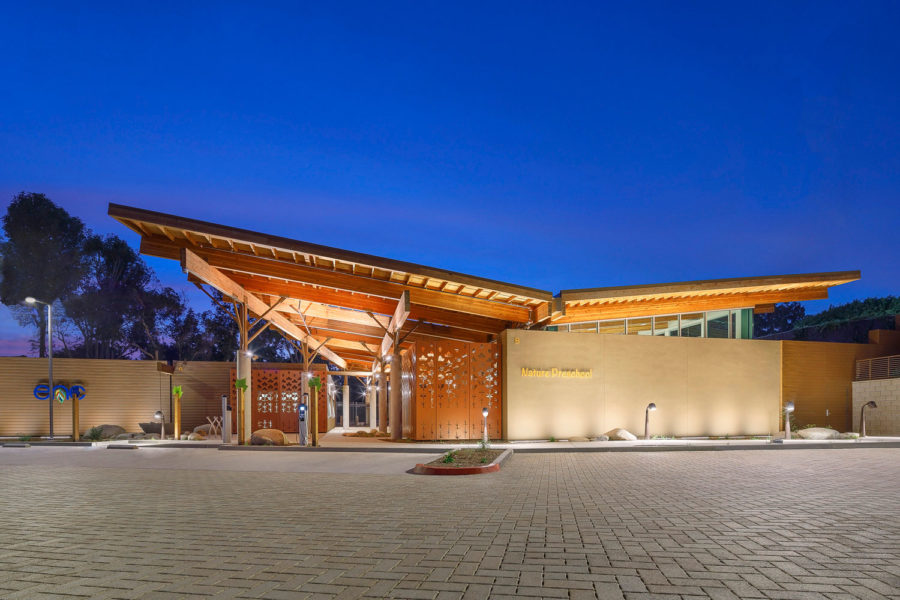
The Environmental Nature Center and Preschool in Newport Beach, designed by LPA Design Studios, was the region’s first LEED Platinum building. Photo courtesy of LPA
Both the LEED and WELL building standards are divided into a series of rating assessment categories that their prerequisites and optional credits fall under; there is considerable overlap between the two standards’ assessment categories, though they often differ in the actual strategies and features they encompass.
LEED
The LEED green building rating system is currently divided into eight core assessment categories, the majority of which are centered around reducing a project’s operational emissions and overall environmental impact.
| Category | Intention |
| Integrative Process | Helps support high-performance, equitable, and cost-effective project outcomes by requiring teams identify and implement opportunities to achieve synergies across disciplines and building systems throughout the pre-design and design phases. |
| Location and Transportation | Rewards thoughtful decisions regarding a project’s location by encouraging compact and minimally-invasive site development, access to alternative modes of transportation, and proximity to amenities. |
| Sustainable Sites | Looks to ensure that a project’s existing natural environment is valued and respected throughout each phase of the development process. |
| Water Efficiency | Emphasizes the adoption of water conservation strategies, mandates whole-building water metering, and encourages innovative usage of non-potable and alternative sources of water. |
| Energy and Atmosphere | Prioritizes energy use reduction strategies, energy-efficient design, and renewable energy integration. |
| Materials and Resources | Focuses on minimizing the embodied energy and other impacts associated with the entire life cycle of building materials; this includes everything from extraction and processing to transport, maintenance, and disposal. |
| Indoor Environmental Quality | Aims to protect the health and comfort of building occupants by addressing design strategies and environmental factors like indoor air quality, acoustic controls, lighting quality, thermal regulation, et cetera. |
| Innovation | Exists to reward projects that implement innovative strategies not covered by the existing LEED framework; does not contain any prerequisites. |
There is also a “Regional Priority” category that incentivizes the completion of credits which address environmental, social equity, and public health priorities specific to projects’ geographic locales. A database explaining all Regional Priority credits and their geographic applicability can be accessed via the USGBC website.
WELL
The current iteration of the WELL Building Standard—WELL v2—encompasses 11 core concepts that, when combined, make for an extremely holistic approach to ensuring that buildings actively support occupants’ physical and mental health.
| Concept Category | Intention |
| Air | Implement strategies to remove airborne contaminants, prevent indoor air pollution, and purify incoming or recirculated air to optimize indoor air quality. |
| Water | Optimize the quality of water through extensive filtration and treatment while promoting accessibility through strategic placement of fixtures. |
| Nourishment | Encourage the adoption of healthy eating habits by providing occupants with nutritional food choices, healthy behavioral cues, and knowledge about nutrient quality. |
| Light | Promote exposure to natural light and create lighting environments that are beneficial to occupants’ visual, mental, and biological health. |
| Movement | Maximize the use of design elements, policies, and programs that encourage physical activity in everyday life. |
| Thermal Comfort | Ensure thermal comfort and productivity through the use of improved HVAC system design and control. |
| Sound | Bolster occupant health, productivity, and wellbeing by designing acoustically-comfortable spaces that limit or mitigate noise pollution. |
| Materials | Reduce human exposure to hazardous building material ingredients by restricting or altogether eliminating compounds, chemicals, and products known to be toxic. |
| Mind | Maximize the use of strategic design elements, state-of-the-art technology, and relaxation spaces to support occupants’ mental health and emotional wellbeing. |
| Community | Support equal access to essential healthcare, workplace promotion, accommodations for new parents, and the development of integrated communities through accessible design, civic engagement, and social equity. |
| Innovation | Recognize and reward projects that implement novel concepts and strategies not already included in WELL features. |
Prerequisites & Points
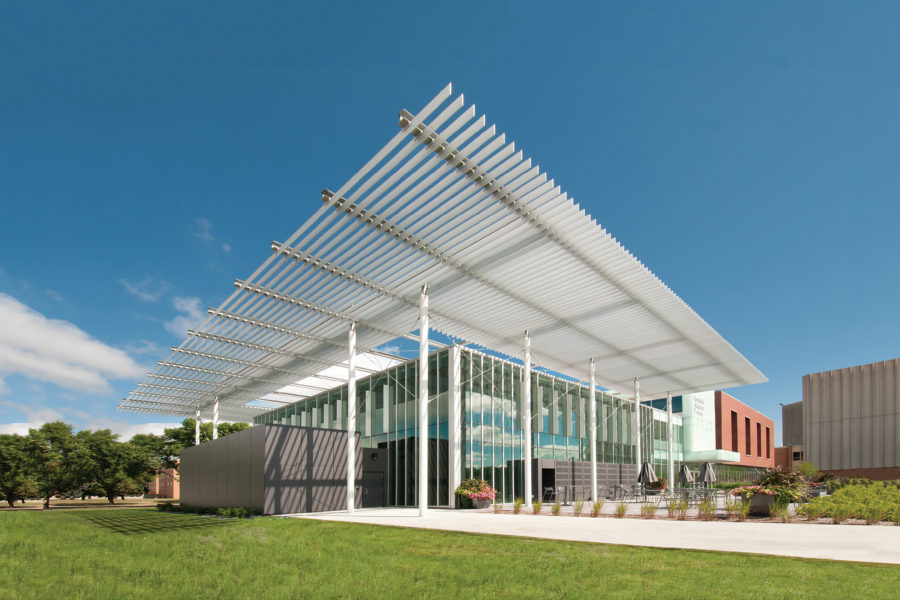
Designed by JLG Architects, Gorecki Alumni Center at the University of North Dakota is the first LEED Platinum project in North Dakota. SketchUp and Sefaira were used to model and analyze building performance from the start of the project. JLG was able to reduce the client’s cost by approximately $1M, reduce energy use by 53%, achieve zero fossil fuel use for heating and cooling and garner 97% user satisfaction. Photo courtesy of JLG Architects
For projects to achieve certification through LEED or WELL, they must meet certain preconditions, complete certain prerequisites, and implement optional strategies that earn points toward their total score.
LEED
Before project teams even start the LEED certification process, they must ensure that their project meets the following minimum program requirements:
- Be in a permanent location on existing land. Because many LEED requirements are intrinsically linked to a project’s location, projects must be located in a permanent location on already existing land.
- Use reasonable LEED boundaries. The project boundary must include all contiguous land associated with the property and which supports its operations (e.g. parking lots, sidewalks, landscaping, septic treatment, et cetera).
- Comply with project size requirements. Size requirements vary depending on the subprogram being pursued.
If a project meets these requirements, it can start working toward completing the required prerequisites for the LEED rating system it falls under. The amount of prerequisites required to achieve LEED certification varies depending on the subprogram in question; LEED BD+C: New Construction, for example, has 43 prerequisites while LEED O+M: Existing Buildings has 51 prerequisites.
In order to earn points toward their score, projects pursuing LEED must go beyond the required prerequisites and complete optional credits within the eight core assessment categories. The amount of available credits a project may choose from also varies depending on the LEED subprogram it falls under.
WELL
WELL refers to its mandatory requirements as Preconditions, of which there are 24 in total across the 11 aforementioned concepts. Points are then earned by completing various Optimization features and strategies, each of which has its own weighted point value; in the current version of WELL v2, there are 102 Optimizations to choose from.
The table below breaks down how the preconditions and optimizations are split up between WELL’s core concept categories:
| Concept | Preconditions | Optimizations |
| Air | 4 | 10 |
| Water | 3 | 6 |
| Nourishment | 2 | 12 |
| Light | 2 | 7 |
| Movement | 2 | 9 |
| Thermal Comfort | 1 | 8 |
| Sound | 1 | 8 |
| Materials | 3 | 10 |
| Mind | 2 | 9 |
| Community | 4 | 17 |
| Innovation | 0 | 6 |
Certification Process
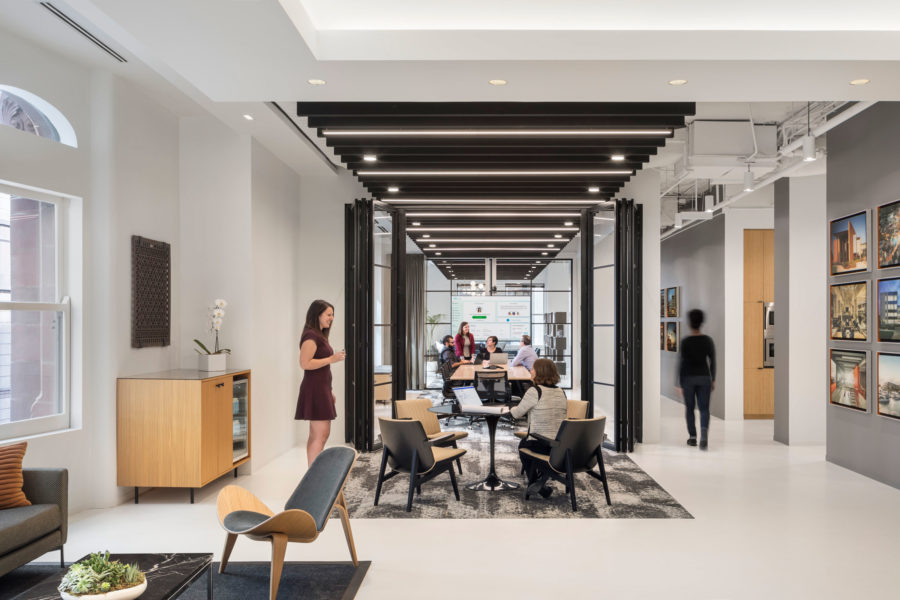
Inside the welcoming lobby at Perkins Eastman’s WELL-certified Chicago Studio. Photo courtesy of Perkins Eastman
The certification process is another area where the LEED and WELL building standards begin to diverge from one another.
LEED
Applying for LEED certification is extremely document-forward and happens exclusively online. The following comprise the steps involved with obtaining LEED certification:
- Register. Applicants pursuing LEED certification must first register their project on the LEED Online platform.
- Apply. After registering, the applicant team must assemble and submit all appropriate documentation regarding prerequisites, credits, and—for LEED O+M projects—12-month performance data.
- Preliminary Review. Once all documents are submitted, GCBI conducts a thorough preliminary review to determine whether all prerequisites are completed and verify that all selected credits are sufficiently met; if the applicants are satisfied with the results of the review, they can accept it and finalize the certification process.
- Final Review (optional). If a team is not satisfied with the results of the preliminary review, they may prepare new/revised documentation, attempt additional credits, and/or submit supplementary information requested by the reviewer for a final review.
- Certify. Once the applicant has accepted the review results, the final certification report must then be accepted to confirm LEED certification.
As evidenced above, an onsite inspection to verify features and performance metrics is not required for LEED certification; the only LEED subprogram that does require an onsite inspection from an accredited LEED partner—in this case, a Green Rater—is LEED for Homes.
WELL
Applying for WELL certification also involves submitting documents for review, but due to the standard being largely performance-based, in-person testing and verification is also an integral component of the certification process. Testing must be conducted by a WELL Performance Testing Agent once a project has reached 50% occupancy.
A summary of the WELL certification process is as follows:
- Register. Applicants must first register their project on WELL’s online portal.
- Upload documentation. After registering, the applicant team must collect and submit all relevant documentation demonstrating compliance with WELL requirements.
- Onsite verification. Schedule onsite testing with a WELL Performance Testing Agent to verify performance features and metrics meet Precondition and Optimization requirements.
- Review. After onsite testing is completed, the results are sent to a WELL Reviewer to determine whether all Preconditions are successfully met and decide the point weights for completed Optimizations.
- Certify. The IWBI then tallies the points and awards the appropriate certification level.
It is the mandatory onsite performance testing that sets the WELL Building Standard apart from many other green building rating systems, including LEED.
Scoring & Certification Levels
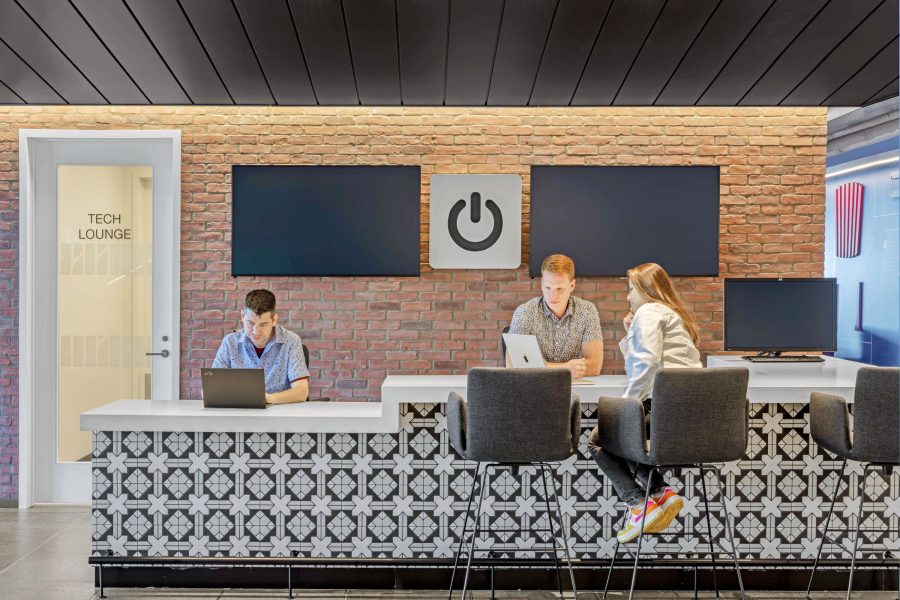
The CannonDesign LinkedIn project is LEED Platinum– and WELL Platinum–certified. Photo by Eric Laignel Photography
LEED and WELL have extremely similar scoring systems, with each standard having four tiers or levels of certification depending on the total amount of points earned, as shown in the table below:
| LEED Certification Levels | WELL Certification Levels |
| Certified (40 – 49 points) | Bronze (40+ points) |
| Silver (50 – 59 points) | Silver (50+ points) |
| Gold (60 – 79 points) | Gold (60+ points) |
| Platinum (80+ points) | Platinum (80+ points) |
Certification Costs
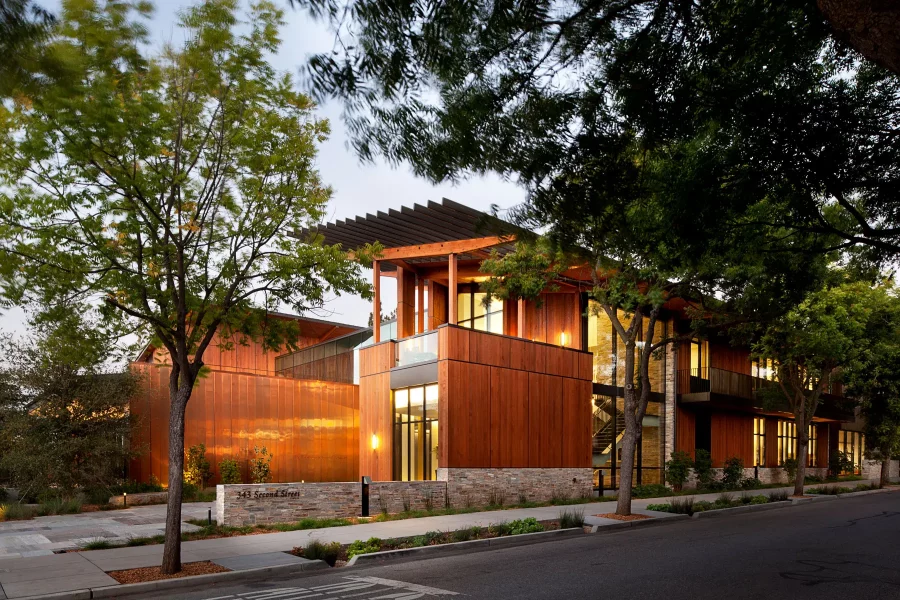
The headquarters for The David and Lucile Packard Foundation was designed to serve as a catalyst for broader organizational sustainability initiatives by achieving net zero energy use and LEED Platinum certification. Photo by Jeremy Bitterman
The LEED and WELL building standards also differ considerably in terms of costs associated with registration, precertification, and certification. To help illustrate these differences, we’ve included two tables comparing the baseline costs associated with non-members of either organization earning LEED BD+C: New Construction Certification and WELL Certification.
|
LEED BD+C: New Construction |
||
| Registration | Precertification (optional) | Combined Certification Review |
| $1,700 | $5,600 | $3,825+ (calculated based on gross floor area) |
|
WELL Certification |
|||
| Enrollment | Precertification (optional) | Certification Review | Performance Testing |
| $3,000 | $0.05/sq. ft. (starts at $3,000 and caps at $25,000) | $0.16/sq. ft. (starts at $8,000 and caps at $98,000) | Determined on a case-by-case basis |

